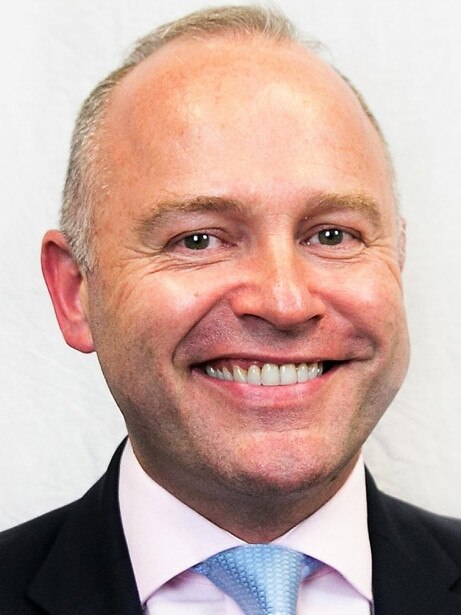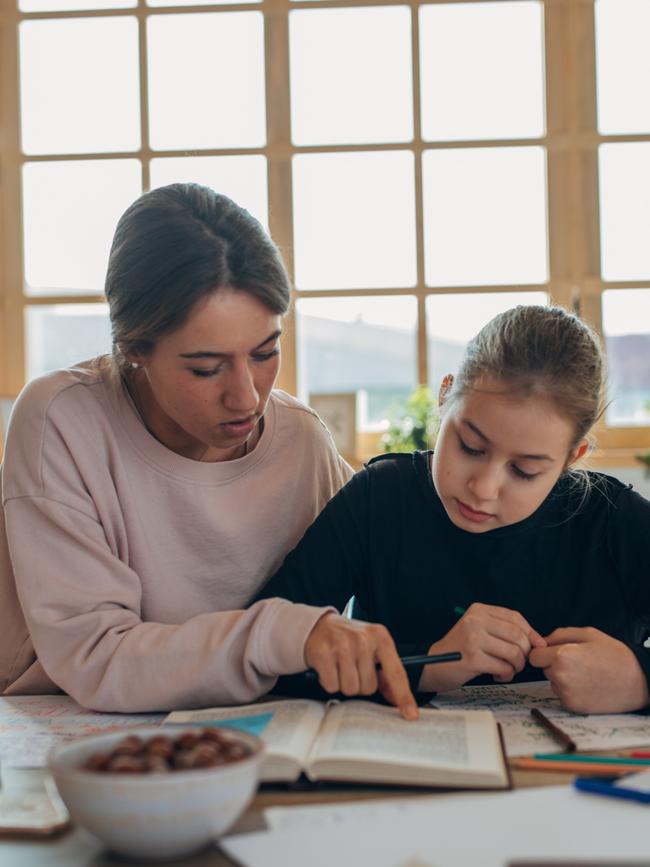NSW schools best and worst student to teacher ratios revealed | list
Analysis shows the NSW schools where students are getting the most one-on-one time with their teachers. SEARCH YOUR CHILD’S SCHOOL AND SEE HOW IT RATES.
Education
Don't miss out on the headlines from Education. Followed categories will be added to My News.
Students in the state’s Catholic schools are getting more one-on-one time with their teachers compared to a decade ago as the sector surges in popularity with parents.
But public school kids across the state are getting less face time with teachers after the ratio of children to staff went from 14.1 to one in 2018 to 14.9 last year.
Catholic schools improved their ratio dramatically from 15.3 students for every teacher last in 2010 to 13.9 pupils for every staff member last year.
While across the board the sector improved the ratio, numerous Catholic Primary Schools in Sydney had the highest ratio of students to teachers.
That included St Therese Catholic Primary School in Mascot which has the highest ratio of kids to staff with 22.9 children for every full time teacher last year.
But that should not put parents off because the school has better NAPLAN outcomes compared to statistically similar schools and 45 per cent of the school’s teaching staff have more than 20 years teaching experience.
Catholic Schools NSW CEO Dallas McInerney said while the ratio had decreased across the board, there was more to a school than just the ratio.


“Catholic Schools now enrol more students than at any point in our 200 year history. This is a reflection of the quality education our schools provide,” he said.
“Teacher quality is critical, and we invest heavily in training, supporting and retaining great teachers.”
An NSW Education Department spokesman blamed the new statistics showing the increasing numbers of students to teachers on an accounting glitch in its payroll systems.
“The ACARA data is not an accurate reflection of the class size ratios in NSW public schools. ACARA use ABS payroll data as an indicator of the level of staffing resources used,” he said.
But when it released the data, ACARA noted the updated reporting was able to “better identify teachers that should be included as ‘generally active’ in schools.”
An ACARA spokeswoman said: “The data is collected using methodologies that have been agreed nationally.”
SEARCH FOR YOUR SCHOOL HERE:
Among government high schools, the average ratio went from 12.3 students per teacher in 2018 to 13.4 last year —a rise Secondary Principals’ Council acting president Christine Del Gallo said was driven by the fact many principals were unable to find qualified teachers.
“There is a statewide shortage which is becoming a serious problem in certain areas of teaching, but in secondary level STEM subjects that are hard to staff,” she said.
“That is across the state it is not just in regional and remote areas.”
She said more students and less teachers meant larger class sizes — which did not necessarily impact negatively on student academic progress in secondary school —but increased the workload for teachers.
“The classes are getting bigger … Obviously the more students you have in your class the more work there is for teachers,” she said.
“Over the last five to 10 years and they have become overworked —they used to be able to spend all their time teaching now a lot of their time is consumed with bureaucratic processes.”
Unsurprisingly, independent schools recorded the lowest student to teacher ratios with 11.5 students for every full time teacher last year, according to official Australian Curriculum and Reporting Authority data.
That includes some of Sydney’s priciest private schools like The Scots College in Bellevue Hill, Sydney Grammar School in Darlinghurst and Ascham in Edgecliff where there are less than 10 students for every member of the teaching staff.




